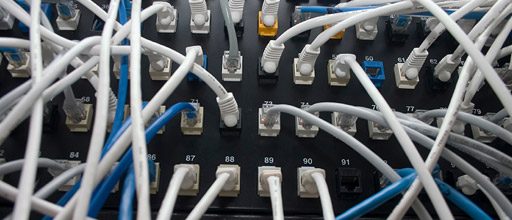
The Science of Health Informatics
Healthcare workers in the UK and around the world are rapidly adopting new information technology tools to assist them in their work. These range from vast national networks such as the UK’s Summary Care Record service to personalised mobile applications such as the “Epocrates” medication reference “app”.
The science of Health Informatics is about finding out how information technology can improve (or worsen!) the provision of healthcare. Information technology is a very broad term, however, and so health informatics is a very broad discipline. It can range from investigations about which data standard should be adopted to allow different healthcare IT systems to talk to each other (how does your GP’s computer pull in blood results from the hospital haematology lab?) to ethical discussions about who should have access to a patient’s personal health information (their spouse, doctor, hospital IT department, government, employer, insurance company, drug company, …?).
Some of the most exciting research is in the rapidly evolving area of “Mobile Health” or “mHealth”. As a junior doctor in the early 2000s, I was a passionate fan of the “Palm Pilot” PDA. With a black-and-white LCD screen, pointy stylus and a full 500 KB of memory, I used it to manage my patient list, keep updated on the operating theatre timetable and to look up drug doses and side effects. Since then, the rest of the world seems to have jumped on the mobile technology bandwagon with the number of smartphones in use topping 1 billion devices and now thousands of medical and healthcare apps for clinicians and patients alike.
With all these new IT systems come new data. To date, however, we have not been able to take full advantage of this “Big Data” – much is simply discarded and other data remain locked up in hard to reach “data siloes”. Video screens show laparoscopic surgery images to surgeons but do not record and store the video stream for later analysis, ICU heart monitors bleep, blip and show traces of each patient's heart but discard the data after it has been displayed on the screen, and referral letters and patient notes are stored in systems that don’t have the facility to anonymise and release the data for research.
As we learn lessons from companies like Google and Amazon, we are learning new methodologies for making use of this “Big Data”. Machine learning algorithms and advanced data storage techniques can be applied in the healthcare context to find new associations between what we do to try to help patients and how they fare as a consequence.
As we learn new insights from the information technology industry, we must also build on the foundations of Evidence-Based Medicine (EBM). The healthcare sector needs to be more careful than Amazon.com when making recommendations – ordering the wrong TV has altogether different consequences from receiving the wrong drug! Techniques such as the Randomised Controlled Trial, Meta-Analysis and Systematic Reviews are an invaluable part of the health informatician’s toolbox.
Much investment in information technology in the healthcare system has so far not been subject to the kind of scientific evaluation that other medical technologies such as medical devices and pharmaceuticals have undergone. The science of health informatics aims to provide this much-needed evidence so that clinicians, managers and policy makers can provide true value for patients from their information technology investments.

